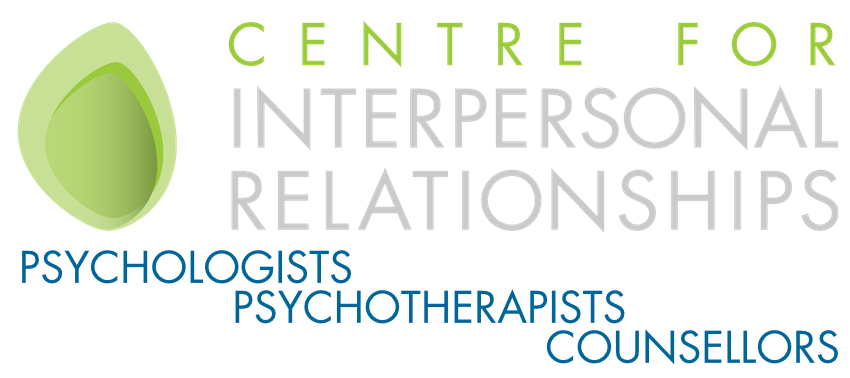It is estimated that 1 in 5 Canadians will experience mental health difficulties each year (https://cmha.ca/media/fast-facts-about-mental-illness/). These high rates suggest that not only is it important to recognize the symptoms of mental health difficulties, but it is equally important to be aware of treatment options. Treatment for mental health disorders may include self-help (e.g., books, apps, peer support), medication, individual, couple, or group psychotherapy, or a combination of medication and therapy.
When considering treatment options, recent research indicates that patients with depressive and anxiety disorders were more likely to refuse medication, and more likely to engage in psychotherapy.1 The researchers thought that this is due to patients recognizing that their problem may not only be biological and that there are no quick fixes for mental health. This is really important data – it tells health care providers and patients that psychotherapy should be offered as front-line treatment.
Psychology Month, which takes place in February, is a month devoted to highlighting how psychology can help others live a healthy and happy life, improve workplace environments, and help governments to develop good policies (see http://www.cpa.ca/psychologymonth/). In celebration of this month, here are five things to know about seeking treatment through psychotherapy.
1. Acknowledge when you need help. It can be really hard to say to ourselves, “okay, I need help.” Naturally, we will try everything we can before we seek help from others. I understand needing psychological help as the equivalent of needing to expand our toolbox. It’s like trying to dig out of a hole when all you have is a shovel. So, what do you keep doing with only a shovel? You keep digging, and digging, and digging, only to keep getting stuck. Give yourself permission that it is okay to need help – and that identifying this is, in fact, a true strength. Once you have begun to see this, don’t wait! Don’t wait until you are no longer able to go to work or see friends.
2. Find a good match – and then be authentic. The old adage of “if at first, you don’t succeed, try, try again” is applicable to finding the right therapist. Psychologists and psychotherapists work from many different treatment models, including cognitive-behavioural therapy, acceptance and commitment therapy, emotion-focused, psychodynamic, and integrative models of treatment. (For more information on what these models look like, check out https://www.cfir.ca/DifferentTreatmentsArticle.php). Therapists will also have their own style with clients. The fundamental piece of finding a good therapist is that you feel connected, understood, and validated by the therapist. We know that a large factor of change that happens in therapy comes from the relationship you have with your therapist.2 If you do not feel a good relationship within the first few sessions, try addressing it with the therapist, or don’t be afraid to find someone else. Be sure to maintain an open and authentic stance with them – share your thoughts and feelings to help them get to know all of you so that together you can make meaningful change.
3. Try out new skills and tools. The media often shows a typical therapist in a sweater vest, sitting in a chair with glasses and a notepad, while their patient lies on a couch and stares at the ceiling. Psychotherapy has greatly changed with the increasing use of tools over and above talk therapy, including learning to calm the nervous system with breathing and mindfulness techniques, challenging unhelpful thoughts or processing difficult emotions, and learning communication tools. Therapy also looks to explore and understand your current perceptions and emotions, and how these relate to your early experiences. This can help to understand key themes contributing to your difficulties today. We are complex beings – with a history of experiences with parents and caregivers, friendships and romantic relationships, and bosses and employers. We carry our early experiences with us, like packaged up suitcases. But sometimes we don’t look in the old luggage to understand it – so we stay stuck. Once you learn new tools and gain new insight, apply these to your everyday life to help make changes. 3
4. It will get harder before it gets better. Clients often feel a sense of relief following the first or second session when they begin to tell their story, acknowledge that they need help, and feel understood by another person. However, therapy can become more challenging as one begins to make changes or is faced with identifying their difficulties or beliefs that are contributing to them getting stuck.
5. Change takes time – so stick with it. Research shows that over fifty percent of clients see improvements in their difficulties with an average of 12 sessions.4 Change does not happen immediately, and it will depend on the severity and chronicity of symptoms. A client once disclosed frustration after several sessions, stating that she “should already be better,” and that she must be a failure if she has not already improved. Change in psychotherapy is not black or white – nor is it a pass or fail. Allow yourself to get stuck and experience the difficulties that are coming up from therapy, and recognize some of the small pieces that are changing in your life.
To find out more information about seeking services from a psychologist or psychotherapist, visit https://www.cfir.ca/WhatToExpect.php .
REFERENCES
1. Swift, J.K., Greenberg, R.P., Tompkins, K.A., & Parkin, S.R. (2017). Treatment refusal and premature termination in psychotherapy, pharmacotherapy, and their combination: A meta-analysis of head-to-head comparisons. Psychotherapy, 54, 47-57.
2. Wampold, B. E. (2015). How important are the common factors in psychotherapy? An update. World Psychiatry, 14(3), 270-277.
3. Ronan, K. R., & Kazantzis, N. (2006). The use of between-session (homework) activities in psychotherapy: Conclusions from the Journal of Psychotherapy. Journal of Psychotherapy Integration, 16(2), 254-259.
4. Hansen, N. B., Lambert, M. J. and Forman, E. M. (2002), The Psychotherapy Dose-Response Effect and Its Implications for Treatment Delivery Services. Clinical Psychology: Science and Practice, 9: 329–343. doi:10.1093/clipsy.9.3.329












